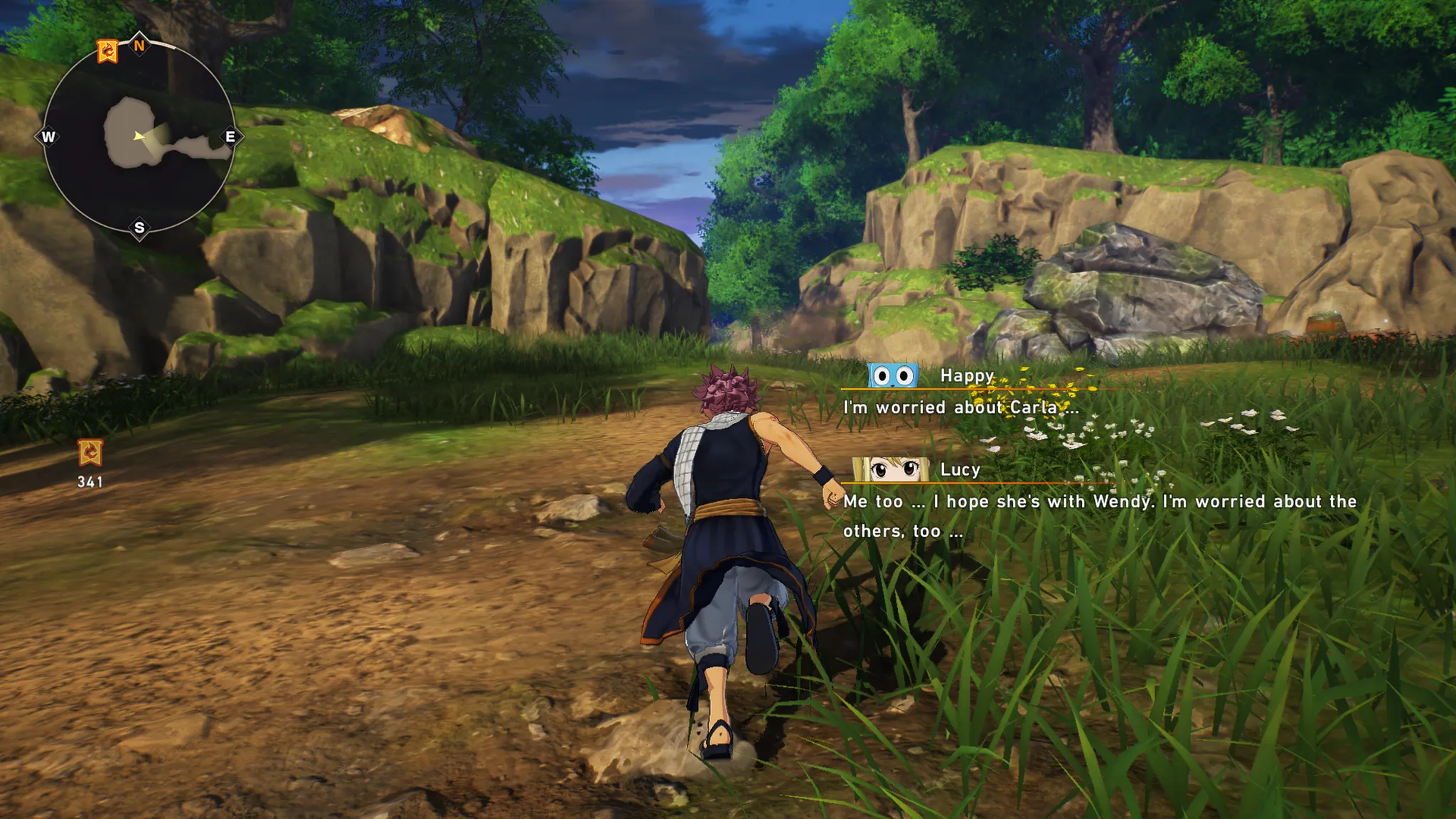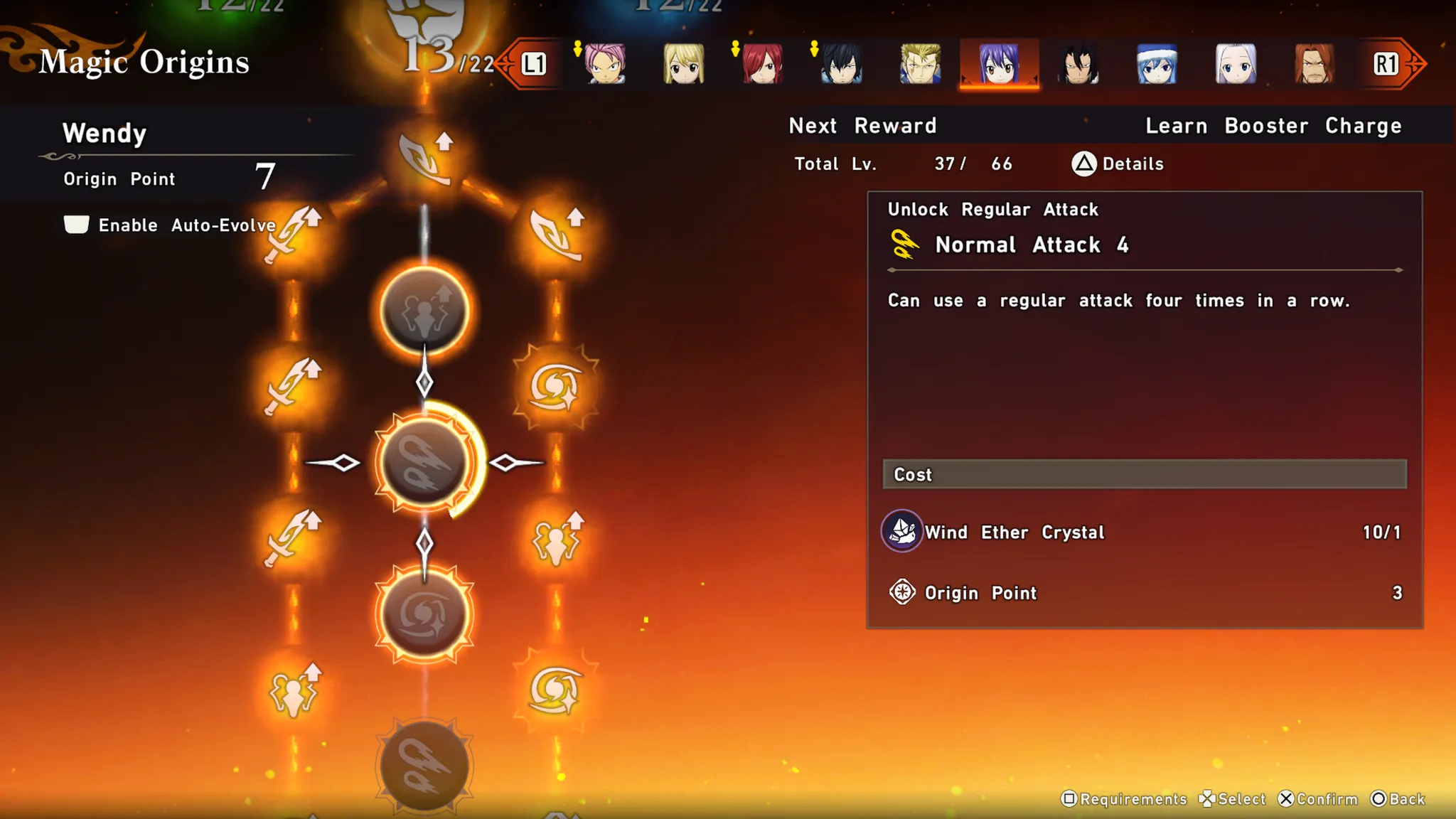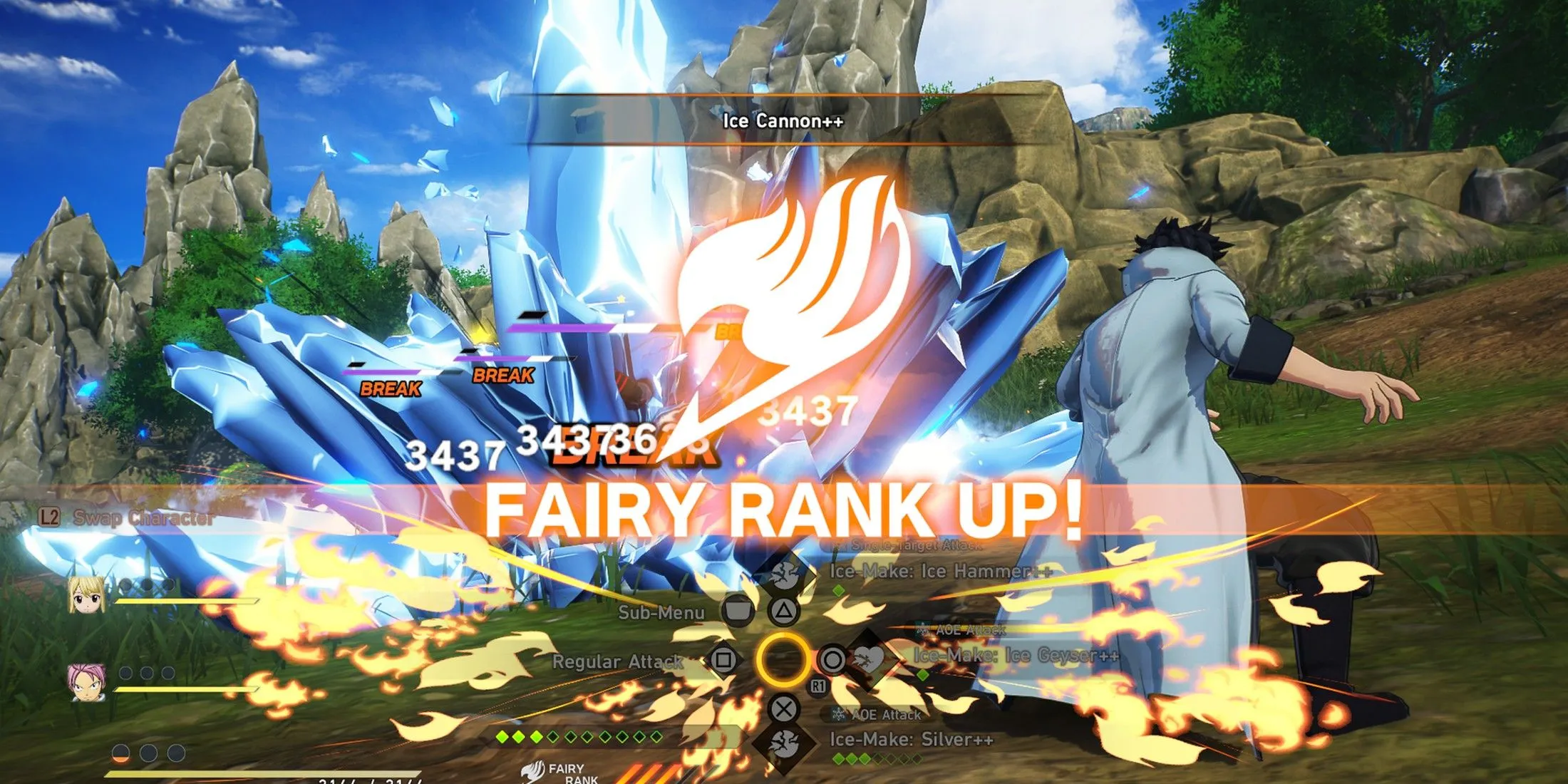
Video game adaptations of beloved anime series present a unique challenge for developers. They must appeal to dedicated fans who are intimately familiar with the plot and characters while also attracting newcomers who are simply seeking an entertaining gaming experience. Striking this delicate balance is crucial, and some titles succeed remarkably in encapsulating the essence of manga and anime while delivering engaging gameplay. Fairy Tail 2, the sequel to 2020’s Fairy Tail, takes on this task with Gust now at the helm of development. Although it has successfully captured the spirit of the original series, the game occasionally falters in its gameplay mechanics.
Prior to the release of the modern Fairy Tail games, the franchise only saw two video game adaptations on the Japanese-exclusive PSP, which were never localized for western audiences. The debut of Fairy Tail in 2020 came as a pleasant surprise, transforming the series’ first significant arc into an RPG featuring lighter tactical elements. However, this initial installment did not completely meet fan expectations, rapidly glossing over crucial story points while beautifully bringing the enchanting world of the anime to life. Fairy Tail 2 attempts to rectify this by retelling the climactic final arc while introducing an improved combat system. Regrettably, the game’s stunning visuals cannot fully compensate for its underlying narrative shortcomings.
Fairy Tail 2’s Exceptional Presentation Undermined by a Weak Story





Players will immediately appreciate Gust’s dedication to recreating the aesthetic and ambiance of the Fairy Tail anime in Fairy Tail 2. The vibrant cel-shaded graphics encapsulate the enchanting realm of Fiore, reminiscent of other contemporary anime game adaptations. The bright colors and dynamic character designs contribute to an immersive experience, making gameplay akin to controlling an episode of the series. However, while visually stunning, the adaptation of the Alvarez Empire arc falls short.
This arc revolves around a critical confrontation between the hero Natsu Dragneel and his nemesis, the malevolent wizard Zeref. Fans familiar with the story will quickly realize that the game rushes through significant twists, echoing criticisms of its predecessor that similar important moments were bypassed without adequate emphasis. Character deaths, specifically, lose their impact, as characters fade out of the narrative only to reappear moments later without any emotional context. This rapid pacing undermines the potential emotional resonance of major plot developments.
For those with limited knowledge of the Fairy Tail universe, the game does succeed in easing players into the series with a straightforward introduction to its cast. Players start with protagonist duo Lucy and Natsu, before gradually accessing the entire Fairy Tail guild roster. Gust also includes a helpful “Database” feature similar to Final Fantasy 16’s “Active Time Lore”for players needing additional context on characters and their stories. As players level up, they can watch various “Fairy Tail Diaries” cutscenes, which offer further insight into the guild’s dynamics.
However, these cutscenes can become tedious due to their repetitiveness and superficiality, forcing players to wade through numerous one-dimensional interactions that do little to deepen engagement with the characters. The supposed stories and contexts presented fail to significantly enhance either the main narrative or the player experience, leaving one to question the target audience for such content.
RPG Mechanics in Fairy Tail 2: Streamlined Yet Shallow





Unfortunately, Fairy Tail 2’s gameplay falters due to a similar lack of depth in its RPG system. As players unlock characters and expand their hero roster, they will ultimately control three characters to traverse the world of Fiore. Throughout the journey, certain characters may temporarily depart for narrative reasons, only to return later. The option to switch between heroes instantly allows for flexible exploration of the semi-open world environment.
The gameplay revolves around a typical RPG loop involving exploration, undertaking side quests, and battling foes. Characters gain experience points to level up and distribute “Origin Points”across three distinct Magic Origin skill trees for Spirit, Skill, and Strength attributes. The gameplay design allows players to auto-level characters, which is advisable due to the minimal impact of skill progression on combat effectiveness. Players will rarely encounter challenging fights on standard difficulty, often finding themselves over-leveled by simply engaging in battles during exploration.
Magic Origin trees enhance basic statistics and the efficacy of special abilities that harness character synergies, but the equipment variety is limited. Players primarily utilize Lacrima—magical crystals that enhance gameplay—gathered through map exploration or combat. While crafting creates diverse Lacrima to boost critical hits and elemental advantages, the complexity of the crafting system appears convoluted. With numerous items available for crafting, players may find themselves with an overabundance of resources; crafting certain Lacrima can remain unattainable, even after comprehensive exploration.
Fairy Tail 2 is divided into distinct Chapters, with the first half focusing on the Alvarez Empire arc. The latter half features an original storyline crafted by series creator Hiro Mashima, providing new items and upgrades. Unfortunately, some items remain elusive by the endgame, undermining the feeling of satisfying progression despite navigating through a streamlined RPG system.
Combat: The Highlight of the Fairy Tail 2 Experience





Ultimately, the most compelling aspect of Fairy Tail 2 is its combat system, which has significantly evolved from the original game. This new system blends real-time action with turn-based mechanics, replacing the previous grid system with one that incorporates field encounters, cooldown timers, and unique strategic layers. While other game elements lean toward accessibility, the combat experience provides substantial engagement.
As players navigate the world, they can initiate battles by colliding with enemy groups, sometimes facing multiple foes at once. Each character possesses a range of targeted and area attacks, allowing for varied and dynamic combat strategies. Combat phases are governed by cooldown timers, and players build an “SP”gauge to activate powerful special moves, resulting in thrilling turn-based encounters.
Boss battles introduce “Break Gauges,”requiring players to deplete these before substantial damage can be inflicted. This mechanic creates intense racing moments to stagger enemies and avoid their damaging attacks. Optional super-bosses present exhilarating challenges, rewarding players handsomely for their efforts. Despite the relaxed difficulty on standard settings—where game overs are rare—the experience remains fast-paced and fulfilling, ensuring players transition quickly from battle to battle.
However, even the exhilarating combat begins to lose its appeal as players progress. Initial engaging boss encounters can become repetitive; facing the same formidable foe multiple times can lead to frustration rather than excitement.
Overall, completing the main storyline of Fairy Tail 2 encompasses roughly the first half of the game, with the second half dedicated to post-game adventures featuring an original narrative and additional challenges. My total playtime was approximately 23 hours for the main story, followed by another 15 hours for post-game content, culminating in a full experience of around 40 hours.
Like its source material, Fairy Tail 2 exemplifies a scenario where stylistic flair overshadows substantial content. Despite its renowned popularity, Fairy Tail continuously teeters on the edge of formulaic storytelling, reminiscent of Shonen anime conventions. Consequently, Fairy Tail 2 serves as a brisk, low-stakes RPG with underwhelming depth. Players’ enjoyment will largely hinge on their familiarity with the manga and anime, yet the game’s vibrant combat and captivating visuals remain its standout features amidst an otherwise shallow offering.
Fairy Tail 2 is set to launch on December 11, 2024, for PC, followed by console releases on December 13, 2025, for PS5, PS4, and Switch. Game Rant received a PS5 code for this review.




Leave a Reply